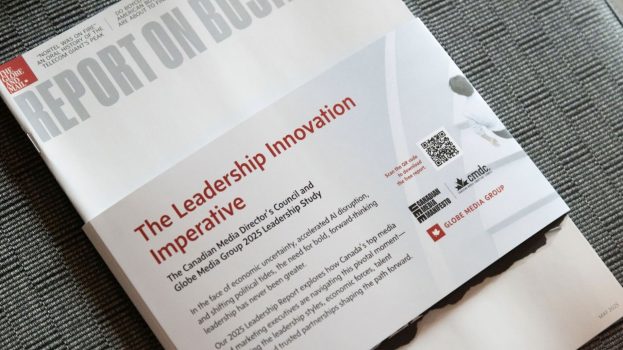 This story is part of our Next Big Things series that appears in the September 2014 issue of strategy.
This story is part of our Next Big Things series that appears in the September 2014 issue of strategy.
Earlier this year, a super smart computer was mistaken for a human. That’s right, for the first time, a machine fooled a handful of judges into thinking it was a 13-year-old boy during a Turing Test, a 60-year-old system that tests if machines can really think, conducted by various global organizations and involving humans and robotics engaging in written “conversations” over a computer.
That, combined with recent news that the world’s first household family robot, Jibo, created by social robots pioneer and MIT professor Cynthia Breazeal, is set to be in homes by the end of 2015, is causing marketers to wonder where cognitive computing will take their brands.
For the time being, not very far, says Tyler Turnbull, president of Proximity Canada. “We are still at the very early stages of what machine-to-machine learning is capable of. But I think some brands are looking at it to start from a digital standpoint, so simple algorithmic recommendations, like Amazon, or even Campbell’s Kitchen, where it learns about the customer and provides the recipes they want,” he says. “But where it gets fascinating is when algorithms start to update themselves, and are able to make changes based on inputs.”
 Cognitive computing, whereby artificial intelligence software learns by experience, such as IBM’s Watson (which can crunch vast amounts of data and process it like a human would, as it understands natural language and can generate hypotheses) will get very interesting when we can apply it to business, says Twist Image president Mitch Joel.
Cognitive computing, whereby artificial intelligence software learns by experience, such as IBM’s Watson (which can crunch vast amounts of data and process it like a human would, as it understands natural language and can generate hypotheses) will get very interesting when we can apply it to business, says Twist Image president Mitch Joel.
Watson can come up with a diagnosis of a person’s health by accessing large amounts of knowledge that’s been plugged into its system by doctors and patients all over the world. So who’s to say that a brand can’t diagnose what customers will think of a new product using the same construct?
Joel believes that instead of doing everything by hand, by looking at attention and interest models as single entities, marketers will one day be able to plug in details about a product, the market and demographic into a single system and come up with the perfect marketing mix.
“The surprising thing won’t be about how mobile usage should be increased by X amount – that’s looking at things too broadly,” he says. “The computational systems will help marketers to slice and dice through this information to create more sound results.”
 Joe Dee, Cossette’s VP of product and technology strategy, predicts the death of the traditional call centre as a result of cognitive computing. When a person calls customer service, they’re usually funnelled through to the right person through a list of time-consuming actions. “I can picture that becoming far more automated and actually being able to engage with a computer using voice recognition and getting an intelligent response.” All without ever being put on hold.
Joe Dee, Cossette’s VP of product and technology strategy, predicts the death of the traditional call centre as a result of cognitive computing. When a person calls customer service, they’re usually funnelled through to the right person through a list of time-consuming actions. “I can picture that becoming far more automated and actually being able to engage with a computer using voice recognition and getting an intelligent response.” All without ever being put on hold.
“Most marketers are looking at how to have the basic algorithmic learning when it comes to recommendations and optimal user path in digital, but not through total automation,” adds Turnbull. “But I think if you look at certain products like Jawbone or Fitbit or Nike+ FuelBand, that’s where I think machine-to-machine learning has an interesting play, because you’re looking at a set of data, across millions of users worldwide, to make smarter decisions and help nudge customers in the direction [brands] want them to go.”
Catch up on previous Next Big Thing installments here.























